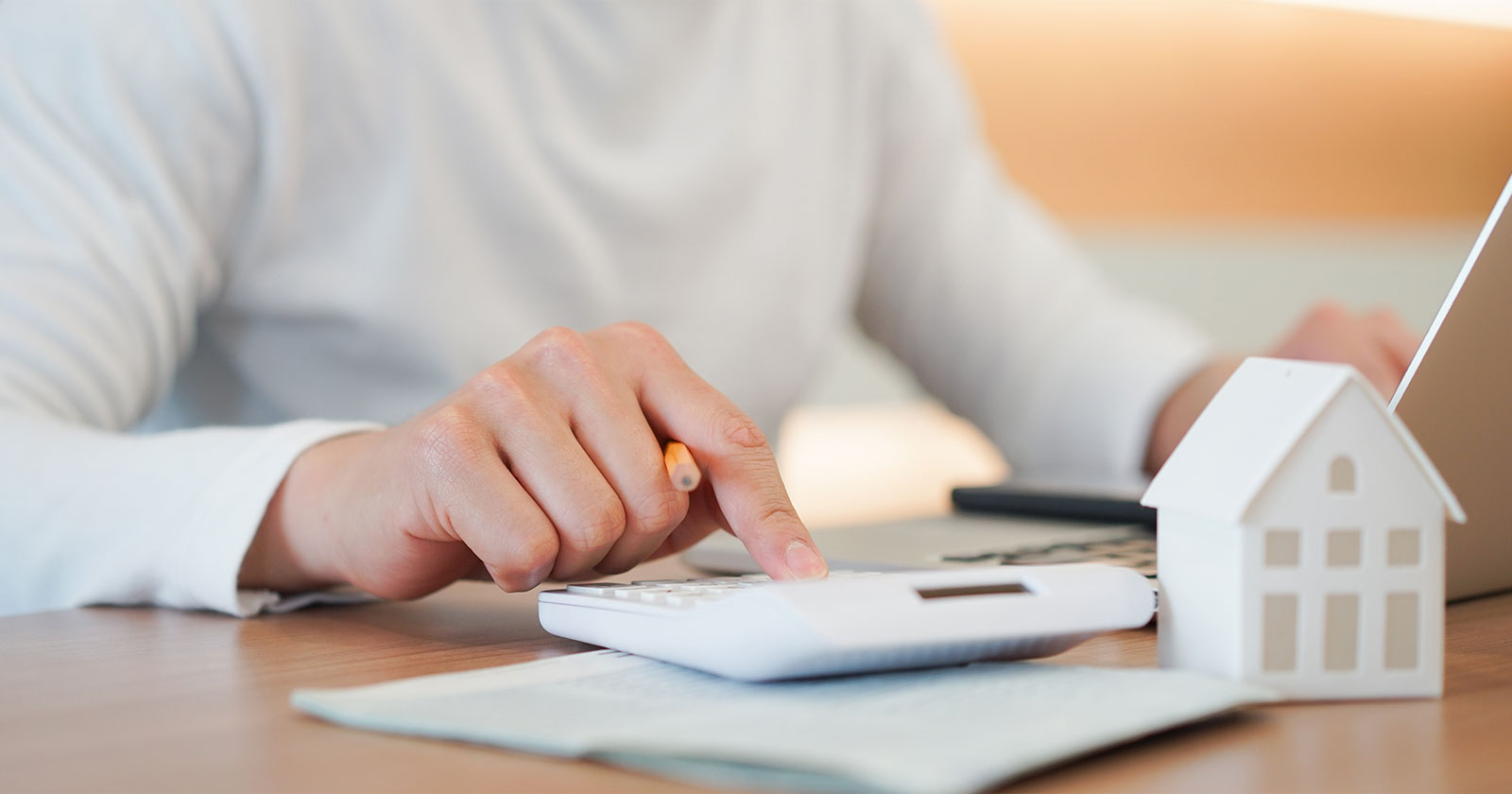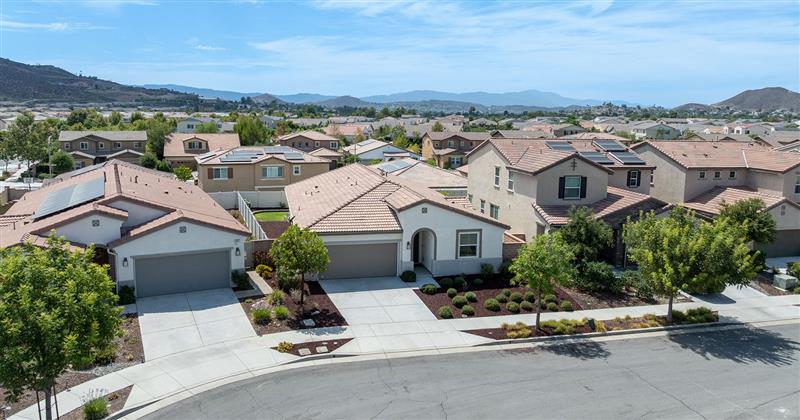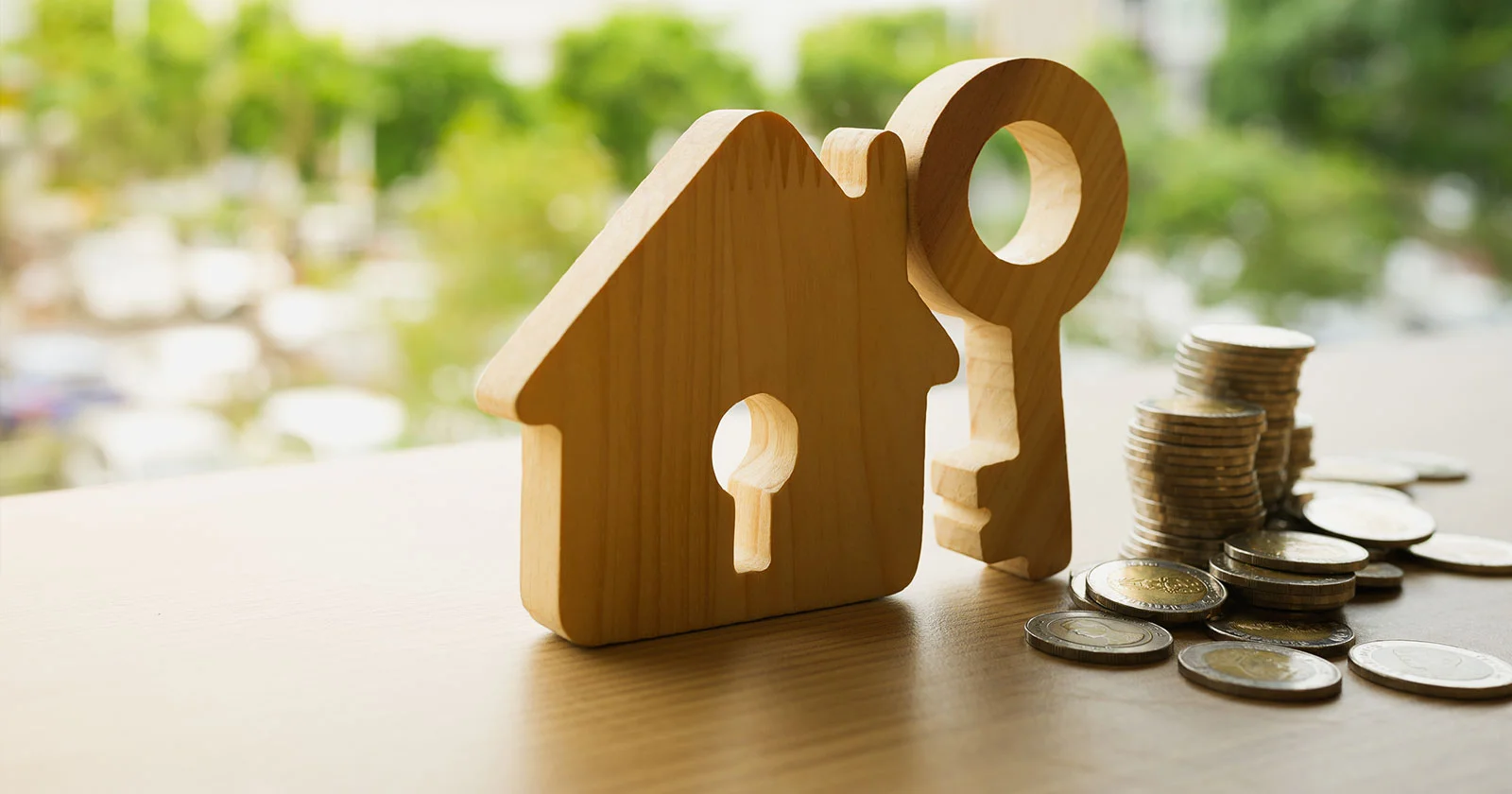Recent economic and housing events–rising inflation and increasing interest rates–have made people wonder, “Is house flipping still profitable in today’s economy?” The short answer to this question is a resounding “yes!”. And, with inflation and interest rates leveling out, 2024 looks to be a profitable year for strategic and well-informed fix and flip real estate investors.
Regardless of your experience level, to succeed in the real estate market, you must know how to calculate and estimate a property’s return on investment (ROI) before taking on a project.
Crunching the numbers with a thorough fix and flip project analysis helps identify:
- Overall project costs;
- Margins
- Potential holding times;
- Maximum allowable offer;
- Market demand;
And, of course, your overall ROI.
Before you panic, calculating ROI doesn’t require any complex, expensive fix and flip calculator. You only need a cell phone calculator, accurate data, realistic and honest judgment, and a handful of easy-to-digest calculations.
Fortunately, here at CIVIC, we provide a list of the formulas, the numbers needed, and instructions on how to calculate ROI on a flip:
Crunching The Numbers: Determining Profit & Average ROI on House Flipping Properties
To answer more granular questions like an investment’s potential profits or overall ROI, you first must determine the home’s After Repair Value (ARV) and the cost of its renovations.
After Repair Value (ARV)
Answers the question: “How much will a property sell for after repairs?”ARV estimates the future sale price of a fix and flip property. Finding a property’s ARV doesn’t require a specific formula. Instead, use Comparative Market Analysis (CMA) and Sales Comparison Analysis (SCA) to find an accurate resale value for the property. CMAs and SCAs are reports developed by real estate agents and private lenders (Essential Players Every Real Fix and Flip Investor Needs) to estimate a home’s price based on recently sold, similar properties in the area.
Project Costs
Answers the question: “How much does it cost to flip a house?”Determining project costs occurs when honest research and a great home inspector come together. A trusted and thorough home inspector can give the most accurate insights into the extent of renovations necessary to bring an investment property to market. From there, make an honest estimation of the rehab costs with contingencies–a $5,000 to $20,000 consideration for unforeseen challenges.
Project costs include a property’s purchase price, purchase costs, holding costs, rehab costs, and selling costs.
Common Fix and Flip Project Costs
Purchase Costs
Commissions
Broker Fees
Wholesale Fees
Title Search
Owner’s Title Insurance
Lender’s Title Insurance
Inspection
Appraisal
Survey
Attorney, Closing, and Settlement Fees
Selling Costs
Commissions
Broker Fees
Appraisal
Staging
Buyer’s Closing Costs
Home Warranty
Home Inspections
Title Insurance
Holding Costs
Alarm Equipment
HOA Transfers
Alarm Monthly Contracts
HOA Monthly Fees
Utilities
Insurance
Loan Interest
Taxes
Once purchasing, selling, holding, and rehab costs have been researched and estimated, simply add the totals of each together to determine the overall project costs.
Potential Profit
Answers the question: “Is house flipping profitable after costs?”
The potential profit is the estimated money left over after the rehabilitation and resale of the investment property. Simply subtract the total project costs from the property’s ARV to calculate its potential profit.
Profit = ARV – Project Costs
Having a minimum profit in mind before researching properties expedites decision-making when determining if an investment is worthwhile. While everyone’s profit margin differs, you want to aim for a minimum $15,000 – $20,000 profit. Any less of a return is usually not worth the risk.
ROI
Answers the question: “What is the potential ROI for this property?”
Unlike Profit, which determines a number (i.e., $15,000 profit), ROI is a ratio determined by the profit and overall costs to complete the project.
ROI = Profit / Project Costs
Like potential profit, it’s important to have a steadfast number in mind when it comes to ROI. If a property only has a 10% to 15% ROI, it’s better to look for a more profitable fix and flip project.
Formulas to Consider During Fix and Flip Real Estate Ventures
Investors looking to take their risk analysis to the next level when researching fix and flip properties for sale can calculate a project’s Rate of Return (ROR), Maximum Allowable Offer (MAO), and Days on Market (DOM).
ROR
Answers the question: “Which deal is most desirable?”
Rate of Return determines an investment’s ROI over a specific time–typically a year. By dividing a property’s ROI by its holding days–the estimated amount of time you expect to own the property–you can compare the desirability of different opportunities.
ROR = (ROI/Holding Days) x 365 (one year)
MAO
Answers the question: “How much can I offer for this investment?”
When looking at a property to purchase, it’s wise to have an offer price you aim never to exceed–or an investment’s maximum allowable offer. To find this, you can use the 70% Rule Formula.
70% Rule Formula: MAO = (ARV x 70%) – Rehab Costs
DOM
Answers the question: “How long does it take to flip a house?”
Like ARV, an investment’s estimated days on the market are gathered through CMA and SCA analysis. Determining an investment’s average days on the market is essential for investors working with high-interest or unreliable financing. It’s also something to consider if the location comes with expensive HOA fees or property taxes which factor into your holding costs.
Rationalizing a property’s DOM can also glean insights into how to price a property for a quick sale or answer the question: “How many houses can I flip in a year in a particular area?”
In summary, when considering a fix and flip real estate venture:
- Research a property’s ARV and Project Costs.
- Determine the project’s potential profits and ROI.
- Have a minimum profit and ROI number in mind.
- Be honest and thorough in your analysis.
- Ensure you have adequate and reliable funding.
By doing so, you will no longer wonder: “Is house flipping profitable?” Instead, you will have the insights, tools, and wisdom to make house flipping a fruitful endeavor.
CIVIC Financial Services: Reliable Funding and Fix and Flip ROI Analysis All-in-one
CIVIC, the number one capital provider for private lenders and investors focused on residential real estate, provides the most reliable fix and flip loan options to purchase, renovate, and sell properties.
Our Fix and Flip financing provides:
- Short-term loan option for home purchase, rehabs, and resale
- Up to 100% of rehab budget financing
- Up to 90% LTC
- Up to 75% ARLTV
- No prepayment penalties
As a full-service lender, CIVIC facilitates ROI analysis and investment management using the latest fix and flip real estate technology. Our innovative lending platform and 360 experience give you access to the fastest and most reliable funding and full technology suite.
CIVIC is your one-stop solution for:
- Property Risk and ROI Analysis
- Consumer Marketing and Sales Reports
- Title Insurance and Appraisal Approvals
- Preferred Pricing/li>
With full back office support and concierge services, our team of experts can assist investors through each step of their investment venture.
Ready to take fix and flip real estate investing to the next level? CLICK HERE to get started today!




